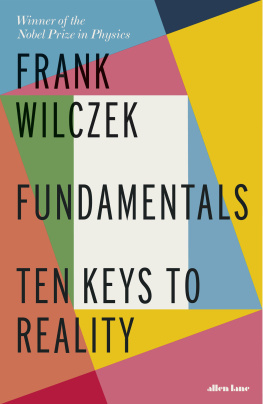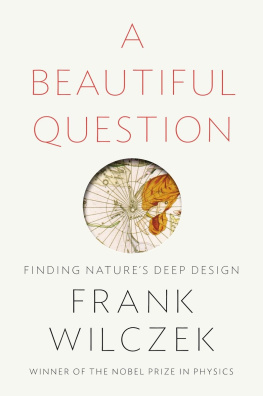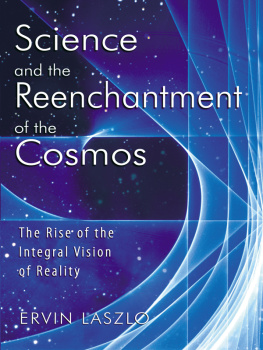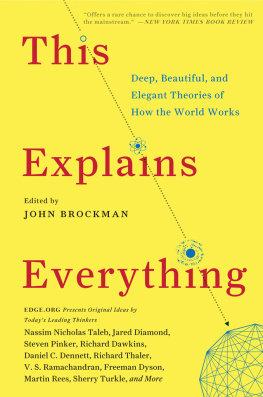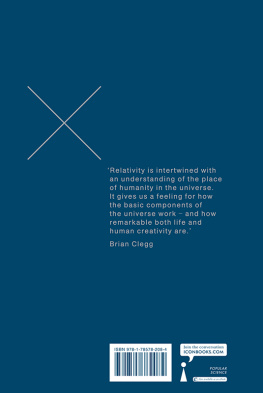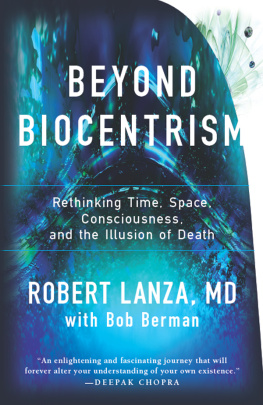BY THE SAME AUTHOR
A Beautiful Question
The Lightness of Being
Fantastic Realities
Longing for the Harmonies
Frank Wilczek
FUNDAMENTALS
Ten Keys to Reality

PENGUIN BOOKS
UK | USA | Canada | Ireland | Australia
New Zealand | India | South Africa
Penguin Books is part of the Penguin Random House group of companies whose addresses can be found at global.penguinrandomhouse.com.

First published in the United States of America by Penguin Press,
an imprint of Penguin Random House LLC 2021
First published in Great Britain by Allen Lane 2021
Copyright Frank Wilczek, 2021
The moral right of the author has been asserted
Cover design by Richard Green
ISBN: 978-0-241-30247-7
This ebook is copyright material and must not be copied, reproduced, transferred, distributed, leased, licensed or publicly performed or used in any way except as specifically permitted in writing by the publishers, as allowed under the terms and conditions under which it was purchased or as strictly permitted by applicable copyright law. Any unauthorized distribution or use of this text may be a direct infringement of the authors and publishers rights and those responsible may be liable in law accordingly.
For Betsy:
REVELATIONS
Orchestrated multitudes spin out
The textured patterns which make our lives.
Birth, learning, love, and unsought age
Gifts we did not earn, limits we did not grant.
Space grows in silence, past our grasp.
Celestial bodies, thinly sprinkled there
Broadcast in obedience to ideal laws.
They do not speak the language sung at cradles.
Time is change, impartially enforced.
In ancient things we see its awesome scope
While tiny, perfect clocks attest its vigor.
Time long predates us, and will long outlive us.
As in my mind I make my world anew
The cherished, closest thing is ever you.
Preface: Born Again
I
This is a book about fundamental lessons we can learn from the study of the physical world. Ive met many people who are curious about the physical world and eager to learn what modern physics says about it. They might be lawyers, doctors, artists, students, teachers, parents, or simply curious people. They have intelligence, but not knowledge. Here Ive tried to convey the central messages of modern physics as simply as possible, while not compromising accuracy. Ive kept my curious friends and their questions constantly in mind while writing the book.
To me, those fundamental lessons include much more than bare facts about how the physical world works. Those facts are both powerful and strangely beautiful, to be sure. But the style of thought that allowed us to discover them is a great achievement, too. And its important to consider what those fundamentals suggest about how we humans fit into the big picture.
II
Ive selected ten broad principles as my fundamentals. Each forms the theme of one chapter. In the body of each chapter, I explain and document that chapters theme from different perspectives, and then make some informed guesses about its future development. Those informed guesses were fun to create, and I hope theyre exciting to read. They are meant to convey another fundamental message: that our understanding of the physical world is still growing and changing. It is a living thing.
Ive been careful to separate speculations from facts and, for the facts, to indicate the nature of the observations and experiments that establish them. For perhaps the most fundamental message of all is that we do understand many aspects of the physical world very deeply. As Albert Einstein put it, The fact that [the universe] is comprehensible is a miracle. That, too, was a hard-won discovery.
Precisely because it is so surprising, the comprehensibility of the physical universe must be demonstrated, not assumed. The most convincing proof is that our understanding, though incomplete, has let us accomplish great and amazing things.
In my research, I try to fill gaps in our understanding and to design new experiments to push the frontiers of possibility. Its been a joy for me, in writing this book, to step back and reflect, wonderstruck, on some highlights of what generations of scientists and engineers, cooperating across time and space, have already accomplished.
III
Fundamentals is meant, as well, to offer an alternative to traditional religious fundamentalism. It takes up some of the same basic questions, but addresses them by consulting physical reality, rather than texts or traditions.
Many of my scientific heroesGalileo Galilei, Johannes Kepler, Isaac Newton, Michael Faraday, James Clerk Maxwellwere devout Christians. (In this they were representative of their times and surroundings.) They thought that they could approach and honor God by studying His work. Einstein, though he was not religious in a conventional sense, had a similar attitude. He often referred to God (or the Old One), as he did in one of his most famous quotations: Subtle is the lord, but malicious he is not.
The spirit of their enterprise, and mine here, transcends specific dogmas, whether religious or antireligious. I like to state it this way: In studying how the world works, we are studying how God works, and thereby learning what God is. In that spirit, we can interpret the search for knowledge as a form of worship, and our discoveries as revelations.
IV
Writing this book changed my perception of the world. Fundamentals began as an exposition but grew into a contemplation. As I reflected on the material, two overarching themes emerged unexpectedly. Their clarity and depth have astonished me.
The first of those themes is abundance. The world is large. Of course, a good look at the sky on a clear night is enough to show you that theres lots of space out there. When, after more careful study, we put numbers to that size, our minds are properly boggled. But the largeness of space is only one aspect of Natures abundance, and it is not the one most central to human experience.
For one thing, as Richard Feynman put it, theres plenty of room at the bottom. Each of our human bodies contains far more atoms than there are stars in the visible universe, and our brains contain about as many neurons as there are stars in our galaxy. The universe within is a worthy complement to the universe beyond.
As for space, so also for time. Cosmic time is abundant. The quantity of time reaching back to the big bang dwarfs a human lifetime. And yet, as well discuss, a full human lifetime contains far more moments of consciousness than universal history contains human lifespans. We are gifted with an abundance of inner time.
The physical world is abundant, as well, in hitherto untapped resources for creation and perception. Science reveals that the nearby world contains, in known and accessible forms, far more energy and usable material than humans presently exploit. This realization empowers us and should whet our ambitions.
Our unaided perception brings in only a few slivers of the reality that scientific investigation reveals. Consider, for example, vision. Our sense of vision is our widest and most important portal to the external world. But it leaves so much unseen! Telescopes and microscopes reveal vast treasure troves of information, encoded in light, that ordinarily come to our eyes unrecognized. Moreover, our vision is limited to one octavethe span of visible lightfrom an infinite keyboard of electromagnetic radiation, which runs from radio waves to microwaves to infrared on one side, and from ultraviolet to x-rays and gamma rays on the other. And even within our one octave, our color vision is blurry. While our senses fail to perceive many aspects of reality, our minds allow us to transcend our natural limits. It is a great, continuing adventure to widen the doors of perception.

